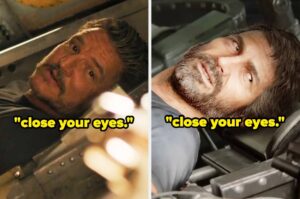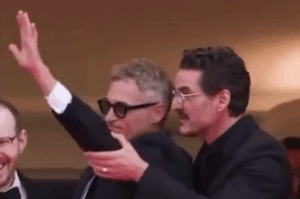Charles Yu, author of the acclaimed book Interior Chinatown, faces immense pressure in adapting his novel for the screen. The process of bringing a story onto the big screen can be challenging as it requires translating the novel’s intricate themes and settings into visual representations. The novel takes readers on a journey that cannot easily be translated into a visual medium, according to Yu. One of the biggest challenges lies in depicting Willis neighborhood as a physical space, as it exists primarily in the minds of the readers. This article delves into the complexities of adapting Interior Chinatown for the screen, exploring the difficulties faced by Yu and shedding light on the creative process involved.
As the article progresses, it examines the inherent limitations of visual storytelling compared to the novel form. While a novel allows readers to imagine and interpret the setting and characters, a film has the responsibility of visually representing these elements. Yu emphasizes the challenge of bringing Willis neighborhood to life on the screen, as it is a vivid mental landscape for readers but lacks a tangible physical existence. However, Yu’s determination and creative ideas suggest that he is up to the task, striving to find innovative ways to make the story work effectively in a visual medium.
The article delves deeper into the complexities of adapting novels for the screen, drawing on real-life examples and case studies. It highlights the importance of capturing the essence of the original work while considering the unique requirements of the film medium. The challenges faced in adapting Interior Chinatown serve as a representation of the broader challenges that authors and filmmakers encounter. Throughout the article, insights from Yu’s personal experience and knowledge are integrated, offering readers a valuable perspective on the subject.
In conclusion, adapting a novel for the screen is a formidable task, as demonstrated by Charles Yu’s experiences with bringing Interior Chinatown to life. The limitations of visual storytelling and the need to translate nuanced elements into a visual medium present significant challenges. Despite these hurdles, Yu’s determination and creativity are evident. By sharing his insights and personal anecdotes, Yu sheds light on the complexities of the adaptation process and offers a glimpse into the world of adapting literature for the screen. As audiences, we can appreciate the immense effort and artistic vision required to successfully transform books into visually captivating cinematic experiences.










